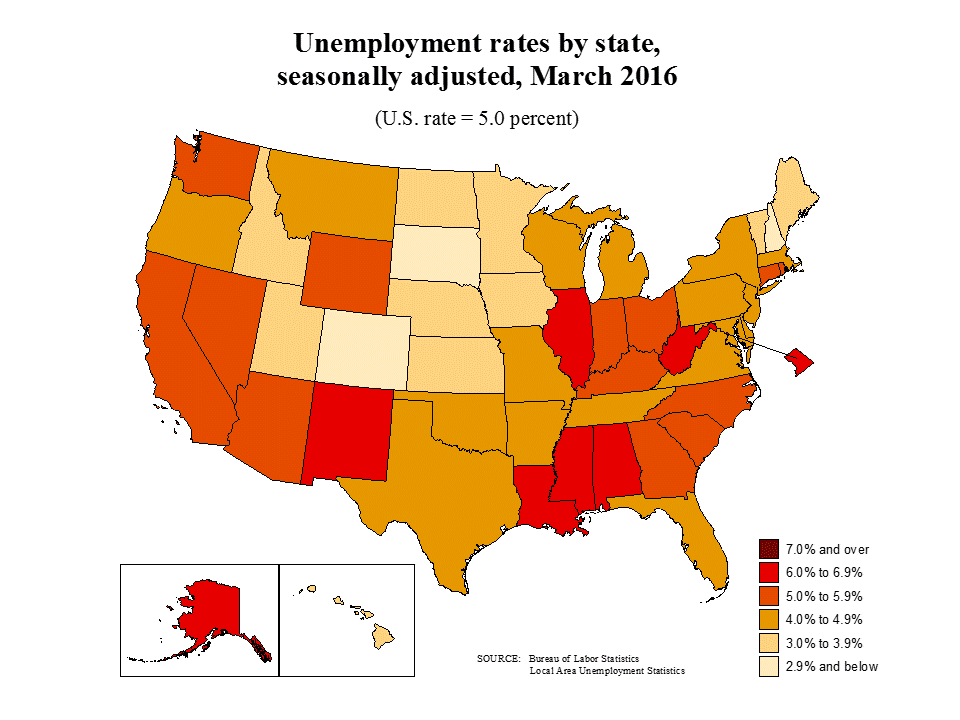11
MAY 2022
Calculating Damages and Customizing Labor Market Data
Posted by Emma Dooley | BLS Data, Economics, Employment, Labor dataIn employment and economic damage cases, knowing the plaintiff’s re-employment opportunities and job search efforts is crucial in calculating damages.
Each plaintiff’s knowledge and responsibilities are used to analyze labor market conditions and supplies. What makes EmployStats unique is our ability to customize and personalize labor market data to best match our plaintiff’s expertise level. We utilize a number of data sources including electronic job search data and public labor data sources such as the U.S. Bureau of labor statistics (BLS) for analyzing labor mitigation cases.
Obtaining this information based on labor market conditions and labor market supply allows us to customize our data based on each plaintiff’s characteristics making the labor mitigation analysis unique.
For more information contact us at 1-866-629-0011 or info@employstats.com.






